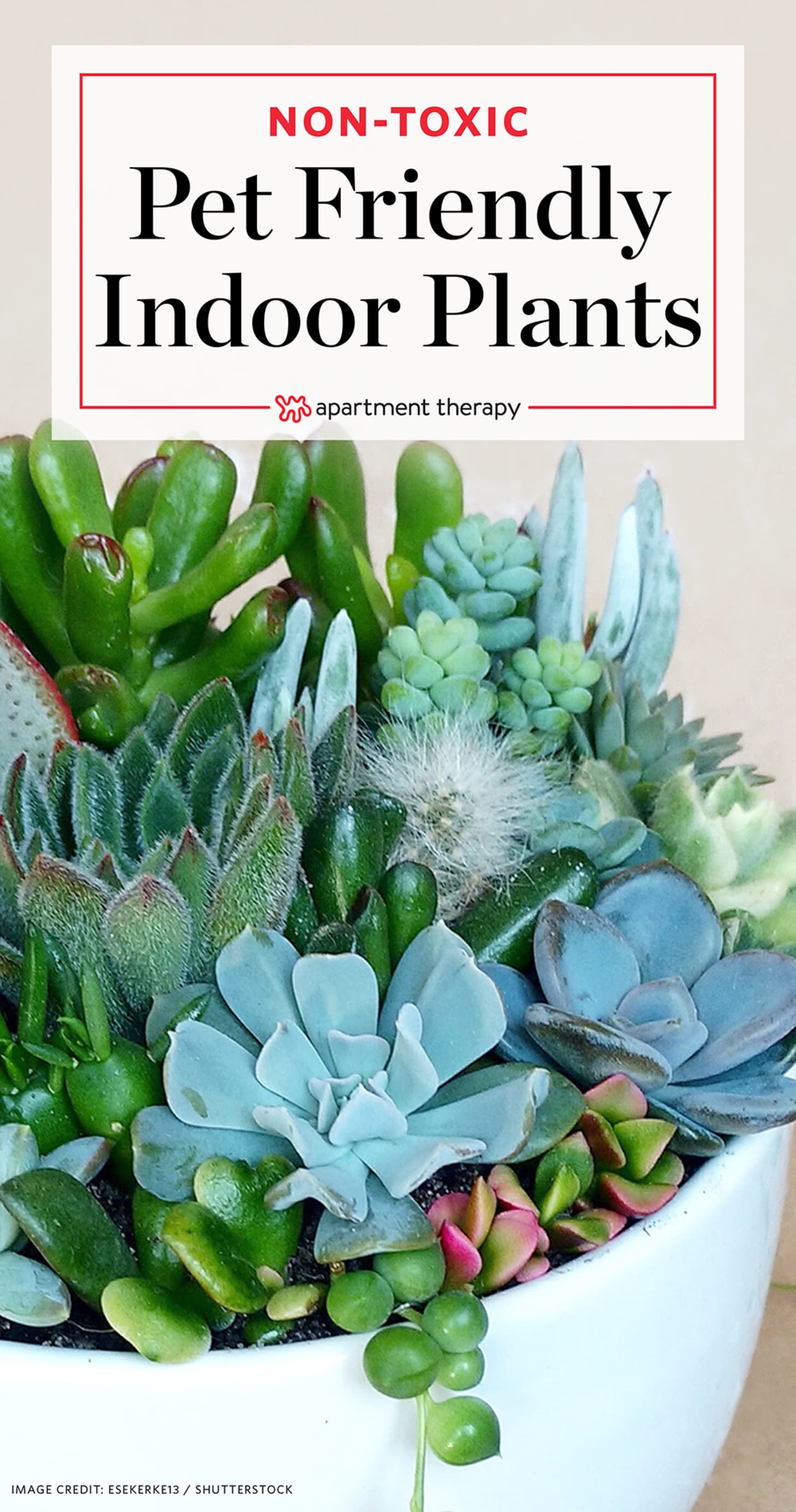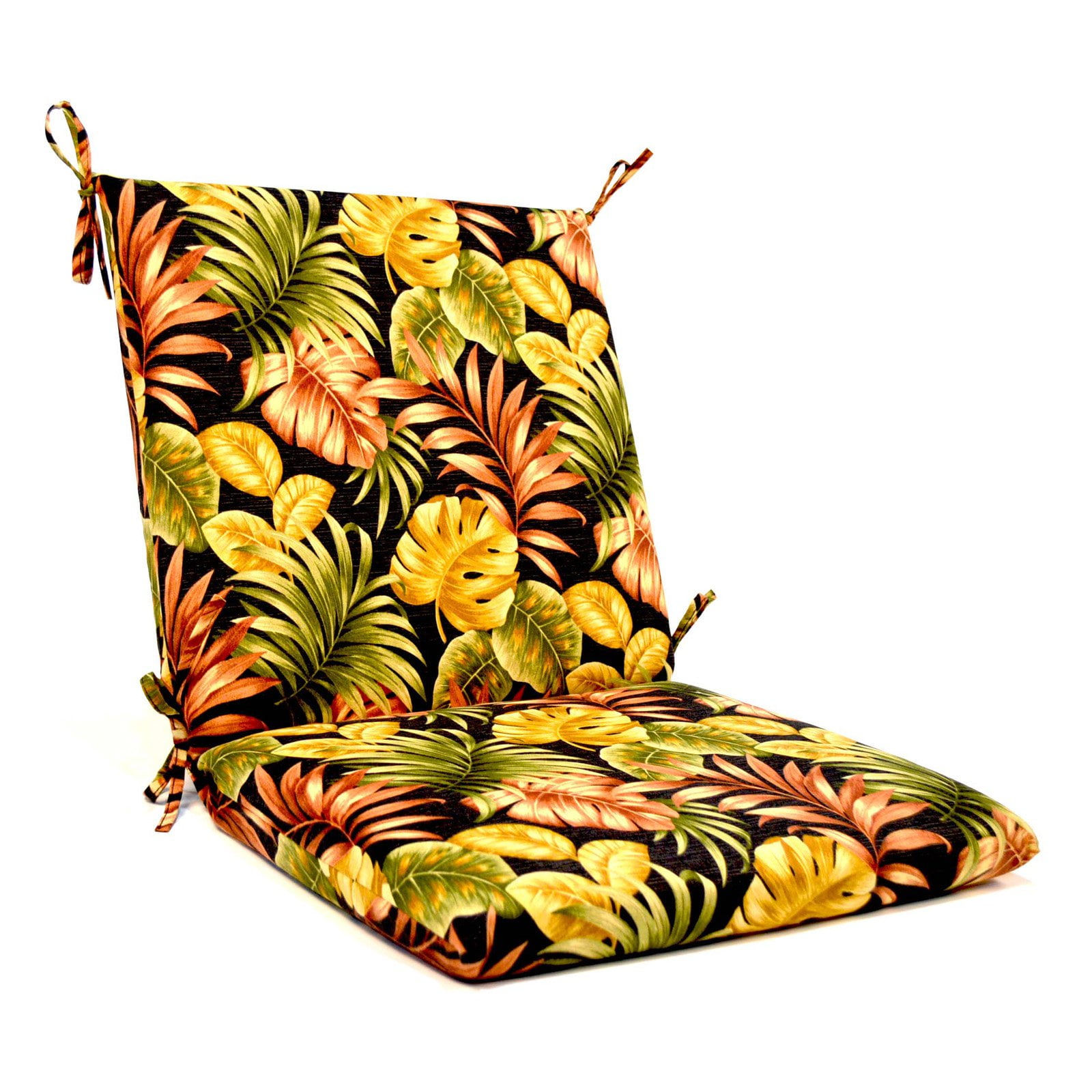Jade plants can also affect livestock such as horses and cattle if grown outdoors. Grow in shady or dappled light with high humidity.
Plants That Are Not Toxic To Cats, If you’re concerned about the toxicity of a plant and can’t find the information online, consult your vet. But if you want to limit the chances of hanging plant mishap, place it in a pot in a room with low to partial sunlight, and water it once you notice pale green leaves.

So let’s jump into it and learn about which houseplants you and your kitties can peacefully coexist with. If you’re concerned about the toxicity of a plant and can’t find the information online, consult your vet. Despite its common name, they are not true lilies or members of the lilium (lilies) or hemerocallis (daylilies) plant families, both of which can be lethal to cats. Despite its common name, they are not true lilies or members of the lilium (lilies) or hemerocallis (daylilies) plant families, both of which can be lethal to cats.
Though very popular, kalanchoe plant species contain cardiac glycosides that are poisonous to.
Try to avoid plants that are poisonous to cats. Whichever part of the plant your cat ingests is poisonous since it all contains these harmful bufadienolides. If you’re a cat parent and looking for air purifying plants safe for cats then you’ve come to the right place! Haworthia is a genus of attractive succulents with fleshy green leaves. In cases of uncertainty, err on the side of caution, and don’t bring home any plant unless you know for sure that it’s safe for your pets. 1 cats and plant toxicity.
 Source: gardeningprism.com
Source: gardeningprism.com
If, for some reason, your cat comes in contact with a poisonous plant, it is sometimes best to induce vomiting. This plant is kind of a smaller version of my pigmy date palm plant, but it belongs to a different family. The areca palm plants (pictured above right) are not toxic to cats. Likes indirect bright sunshine and to be.
 Source: ginicagl.blogspot.com
Source: ginicagl.blogspot.com
If you’re a cat parent and looking for air purifying plants safe for cats then you’ve come to the right place! The areca palm plants (pictured above right) are not toxic to cats. The spider plant is an easy to grow, adaptable plant. 1 cats and plant toxicity. According to the aspca, even if ingested, these plants will do little.
 Source: tyres2c.com
Source: tyres2c.com
Whichever part of the plant your cat ingests is poisonous since it all contains these harmful bufadienolides. If you’re concerned about the toxicity of a plant and can’t find the information online, consult your vet. We should mention that they typically only cause vomiting,. The areca palm plants (pictured above right) are not toxic to cats. While their common name.
 Source: designsoda.co.uk
Source: designsoda.co.uk
The areca palm plants (pictured above right) are not toxic to cats. Peace lillies are known botanically as the spathiphyllum sp. Likes some humidity and grows large leaves up to 30 inches tall. I adore both my palms. The best thing to do is try to avoid plants that are poisonous to cats so that it will not be a.
 Source: pinterest.com
Source: pinterest.com
And sometimes, there are just beautiful plants that are too pretty to pass up, whether toxic or not. Likes indirect bright sunshine and to be kept moist in spring and summer but not watered to soggy. But, they have been found in plants of the kalanchoe genus like the devil’s backbone (sometimes called the chandelier plant). The spider plant is.
 Source: distillproductions.com
Source: distillproductions.com
Calathea rattlesnake (calathea lancifolia) a native of brazil, the rattlesnake is not venomous to cats or humans! 2 20 everyday plants that are toxic to cats. Ingestion of just a few bites of a leaf or bulbs can cause vomiting, diarrhea, and abdominal pain in. Whichever part of the plant your cat ingests is poisonous since it all contains these.
 Source: pinterest.com
Source: pinterest.com
The peace lily is a perennial plant that grows from bulbs. Despite its common name, they are not true lilies or members of the lilium (lilies) or hemerocallis (daylilies) plant families, both of which can be lethal to cats. So let’s jump into it and learn about which houseplants you and your kitties can peacefully coexist with. With this in.
 Source: indoorcatguide.com
Source: indoorcatguide.com
Thank you, spider plant ( chlorophytum ), for looking just as cool today as you did in grandma�s kitchen in 1978. Surprisingly, toad venom has the highest concentrate of bufadienolides. We should mention that they typically only cause vomiting,. The spruce / krystal slagle. The best thing to do is try to avoid plants that are poisonous to cats so.
 Source: kittycatchronicles.com
Source: kittycatchronicles.com
But, they have been found in plants of the kalanchoe genus like the devil’s backbone (sometimes called the chandelier plant). It’s not known precisely why these plants produce such severe reactions in animals, but they are highly toxic. If you suspect that your cat has ingested a poisonous plant, take it to your vet immediately. There are plants that do.

If, for some reason, your cat comes in contact with a poisonous plant, it is sometimes best to induce vomiting. Jade plants can also affect livestock such as horses and cattle if grown outdoors. They can affect cats and dogs, causing distressing symptoms. The peace lily is a perennial plant that grows from bulbs. 2 20 everyday plants that are.
 Source: cats.org.uk
Source: cats.org.uk
So let’s jump into it and learn about which houseplants you and your kitties can peacefully coexist with. And also as mauna loa plants. Likes some humidity and grows large leaves up to 30 inches tall. If, for some reason, your cat comes in contact with a poisonous plant, it is sometimes best to induce vomiting. Below is a list.
 Source: anniecombo.blogspot.com
Source: anniecombo.blogspot.com
Whichever part of the plant your cat ingests is poisonous since it all contains these harmful bufadienolides. 2.1 alocasia (elephant’s ear) 2.2 aloe vera. So let’s jump into it and learn about which houseplants you and your kitties can peacefully coexist with. Calathea rattlesnake (calathea lancifolia) a native of brazil, the rattlesnake is not venomous to cats or humans! If.
 Source: pinterest.dk
Source: pinterest.dk
If, for some reason, your cat comes in contact with a poisonous plant, it is sometimes best to induce vomiting. 1 cats and plant toxicity. Seasonal plants like mistletoe and poinsettia are also dangerous. Grow in shady or dappled light with high humidity. But, they have been found in plants of the kalanchoe genus like the devil’s backbone (sometimes called.
 Source: sheknows.com
Source: sheknows.com
Likes some humidity and grows large leaves up to 30 inches tall. Surprisingly, toad venom has the highest concentrate of bufadienolides. I adore both my palms. We should mention that they typically only cause vomiting,. Jade plants can also affect livestock such as horses and cattle if grown outdoors.
 Source: bybrittanygoldwyn.com
Source: bybrittanygoldwyn.com
2.1 alocasia (elephant’s ear) 2.2 aloe vera. There are plants that do well in low light and may be classified by the aspca as non‐toxic to cats but may cause mild stomach upset when ingested. The peace lily is a perennial plant that grows from bulbs. Grow in shady or dappled light with high humidity. Calathea rattlesnake (calathea lancifolia) a.
 Source: pinterest.com
Source: pinterest.com
November 19, 2021 by alianna munakata. Though very popular, kalanchoe plant species contain cardiac glycosides that are poisonous to. According to the aspca, even if ingested, these plants will do little harm to your pets and are least likely to cause digestive upset, which is always nice to know. But, they have been found in plants of the kalanchoe genus.
 Source: skinnyms.com
Source: skinnyms.com
Ingestion of just a few bites of a leaf or bulbs can cause vomiting, diarrhea, and abdominal pain in. Seasonal plants like mistletoe and poinsettia are also dangerous. Though these plants look beautiful, they should be avoided as they are toxic to cats, dogs, and horses. November 19, 2021 by alianna munakata. If you suspect that your cat has ingested.
 Source: hotopics95.blogspot.com
Source: hotopics95.blogspot.com
Grow in shady or dappled light with high humidity. They can affect cats and dogs, causing distressing symptoms. November 19, 2021 by alianna munakata. Ingestion of just a few bites of a leaf or bulbs can cause vomiting, diarrhea, and abdominal pain in. Though these plants look beautiful, they should be avoided as they are toxic to cats, dogs, and.
 Source: lov-cat.blogspot.com
Source: lov-cat.blogspot.com
With this in mind, we suggest keeping your spider plants in hanging baskets or macrame plant hangers where the cats won’t completely devour them. Calathea rattlesnake (calathea lancifolia) a native of brazil, the rattlesnake is not venomous to cats or humans! Jade plants are highly toxic to animals if ingested. This plant is kind of a smaller version of my.
 Source: petcareadvisors.com
Source: petcareadvisors.com
But if you want to limit the chances of hanging plant mishap, place it in a pot in a room with low to partial sunlight, and water it once you notice pale green leaves. In cases of uncertainty, err on the side of caution, and don’t bring home any plant unless you know for sure that it’s safe for your.
 Source: ninithesociopath.blogspot.com
Source: ninithesociopath.blogspot.com
But if you want to limit the chances of hanging plant mishap, place it in a pot in a room with low to partial sunlight, and water it once you notice pale green leaves. They can affect cats and dogs, causing distressing symptoms. And also as mauna loa plants. Likes indirect bright sunshine and to be kept moist in spring.
 Source: jademcgregor.blogspot.com
Source: jademcgregor.blogspot.com
Grow in shady or dappled light with high humidity. Despite its common name, they are not true lilies or members of the lilium (lilies) or hemerocallis (daylilies) plant families, both of which can be lethal to cats. I adore both my palms. Ingestion of just a few bites of a leaf or bulbs can cause vomiting, diarrhea, and abdominal pain.
 Source: petcareadvisors.com
Source: petcareadvisors.com
Jade plants can also affect livestock such as horses and cattle if grown outdoors. Calathea rattlesnake (calathea lancifolia) a native of brazil, the rattlesnake is not venomous to cats or humans! If you suspect that your cat has ingested a poisonous plant, take it to your vet immediately. If you can, it is recommended you bring part of the plant.
 Source: aumondeduvin.com
Source: aumondeduvin.com
It has large white or yellowish flowers that bloom during. Likes some humidity and grows large leaves up to 30 inches tall. If you can, it is recommended you bring part of the plant your cat ingested with you to the vet, as they may be able to advise if the plant is toxic or not. Despite its common name,.

Though very popular, kalanchoe plant species contain cardiac glycosides that are poisonous to. It does really well both indoor and outside away from too much direct sun. In cases of uncertainty, err on the side of caution, and don’t bring home any plant unless you know for sure that it’s safe for your pets. The spruce / krystal slagle. Ingestion.








